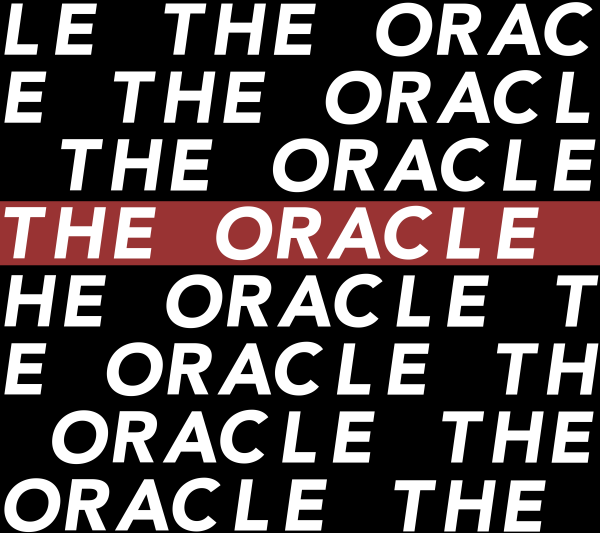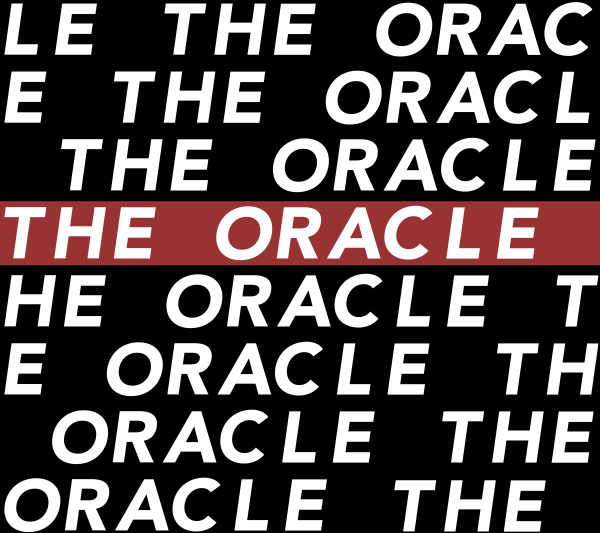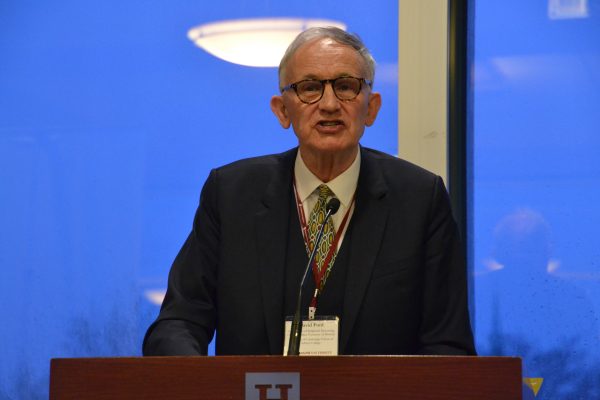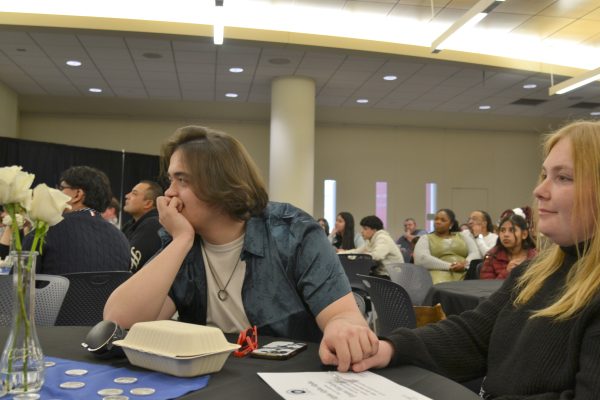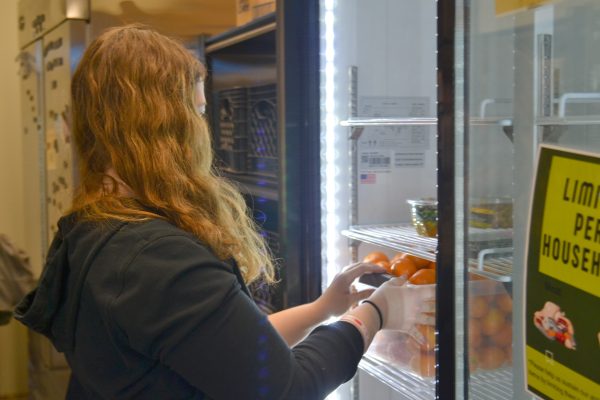Assembly addresses climate of marginalization and abuse
Student Clara Ware facilitates a discussion on inclusivity.
September 28, 2016
The People’s Movement Assembly on Sunday Sept. 18 brought together volunteers, keynote speakers and students from many different organizations to discuss the Declaration of Independence in relation to the issues facing communities of color in the United States.
This endeavor was the “brainchild” of Hamline senior Clara Ware, according to volunteer Naomi Silber, of Jewish Community Action. Held in Klas Center, volunteers in shirts reading “If you want to go quickly, go alone. If you want to go far, go together,” greeted attendees and, later, lead individual workshop groups.
“It’s a great space to use,” Silber said of the Hamline campus.
The first portion of the event focused on a keynote address, featuring co-chair of Minnesota’s Neighborhoods Organizing for Change, Nick Muhammad, and Founder of the ANIKA Foundation, Anika Robbins. The ANIKA Foundation offers programs to empower youth in health equity, education and business opportunities.
The keynote speech and accompanying timeline compared the United States, with its history of human rights violations, to the British colonial power that prompted the original Declaration of Independence.
Together Muhammad and Robbins provided a history of colonialism, both in Europe and in the United States. Robbins listed a multitude of documents to describe racial oppression under colonial rule, among them papal bulls supporting the enslavement of African and other “New World” natives.
Muhammad followed up with comparisons between European colonial powers and the United States. He went on to chronicle more recent history, such as forced sterilization of women of color as well as the prison industrial complex and Japanese internment.
At one point Muhammad asked the audience members to raise their hands if they believed that there was enough evidence given to list abuses done by the United States government in the same way the original Declaration of Independence listed abuses committed by King George III.
“Good,” he said to the majority of audience members whose hands were raised. “I see we’re on the same page.”
His speech ended on a hopeful note, where he compared people of color with the goal of addressing these abuses and promoting change to early shipbuilders. He described the kind of ingenuity that he wanted to see from the audience, stressing that people have to look past traditional models to truly be innovative.
“[These inventors] thought differently,” he said, adding that “failure is not what they planned for.”
He encouraged the audience to take that attitude, that is, not to let fear of failure prevent their communities from making change.
The second part of the assembly involved the attendees breaking up into different workshops led by volunteers. The individual workshops made use of small group discussion to come together and showcase marginalized voices.
Many attendees and volunteers contributed, discussing topics such as the difficulty for immigrant communities to continue to practice cultural traditions, community models for holding police accountable and what a Declaration of Independence might look like for communities of color.
When the workshop groups were back together, there was a sharing of ideas. Volunteers and attendees offered goals for change in the United States as well as describing issues that needed addressing.
Some of the groups talked about the difference between living and surviving, pointing to the double standard between white Americans and Americans of color as far as “the pursuit of happiness” is concerned. The group discussion leaders also brought up the concept of “social death,” describing it as the lack of upward mobility or career opportunities that occur as a result of prison sentencing.
Ware took the stage before giving closing remarks to emphasize the role of power in making positive change. She encouraged communities of color to come together and stand in solidarity, assuring the audience that their voices and communities were powerful.

